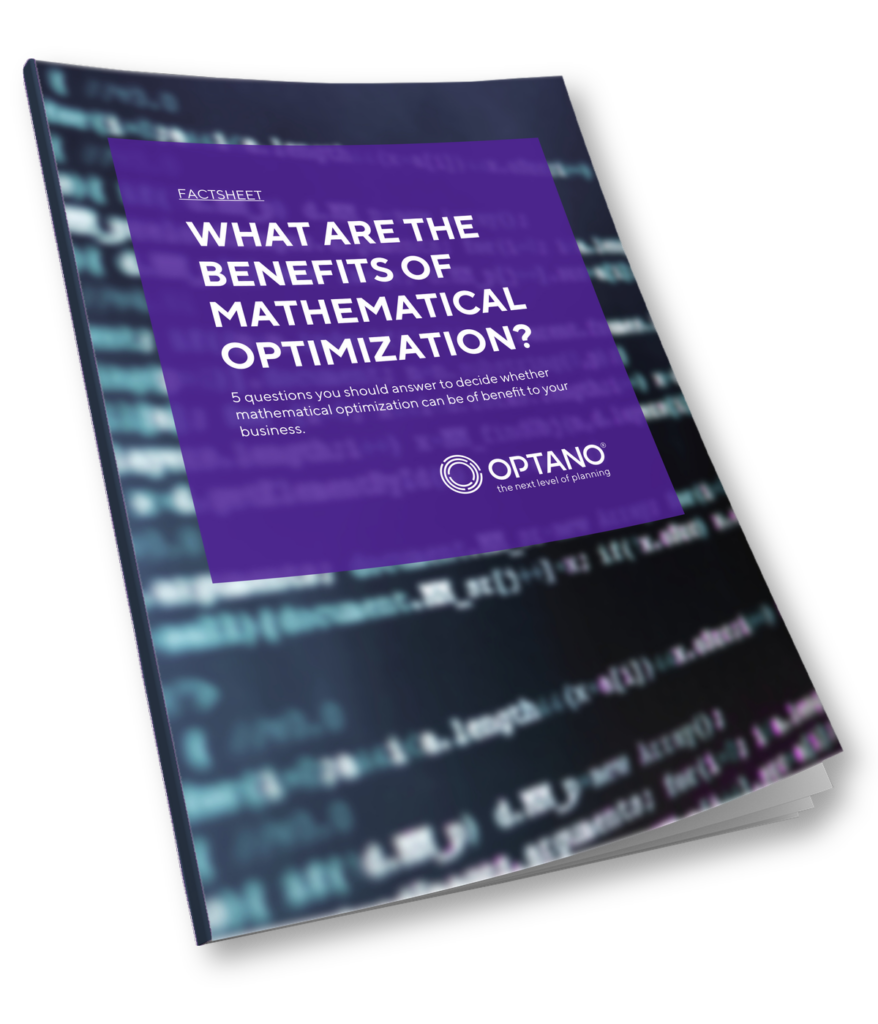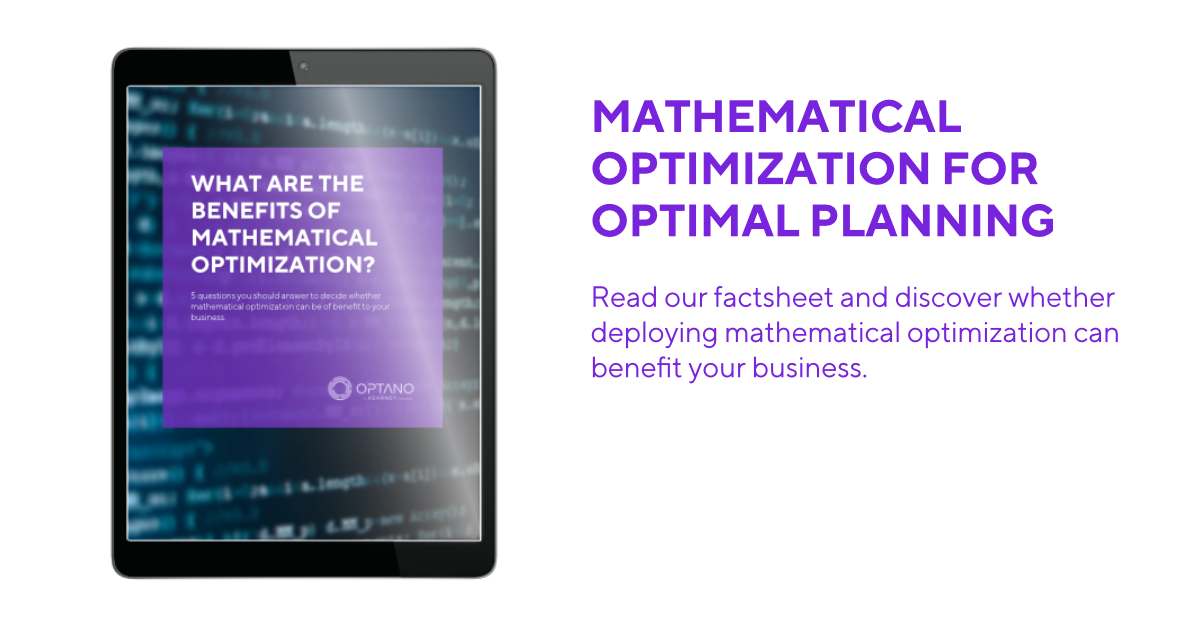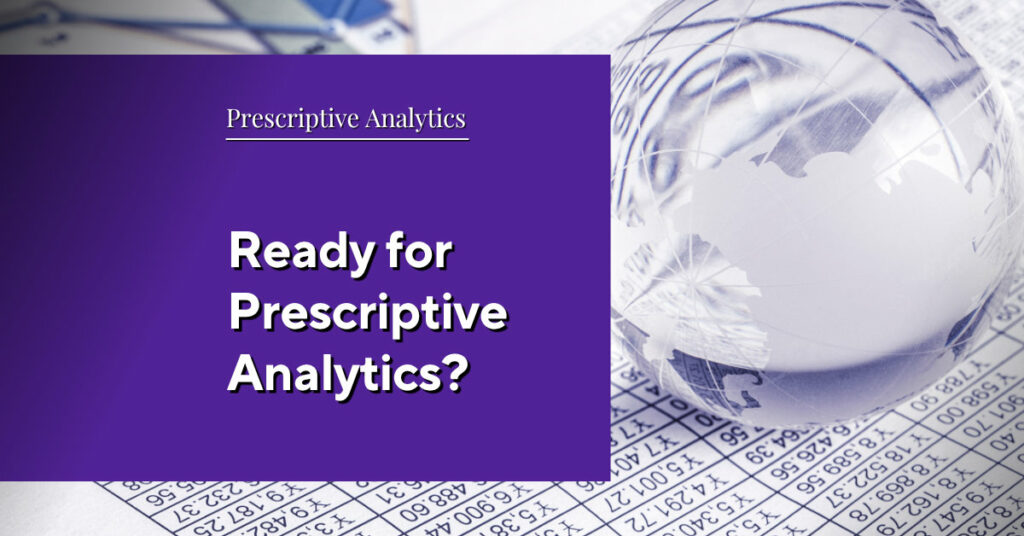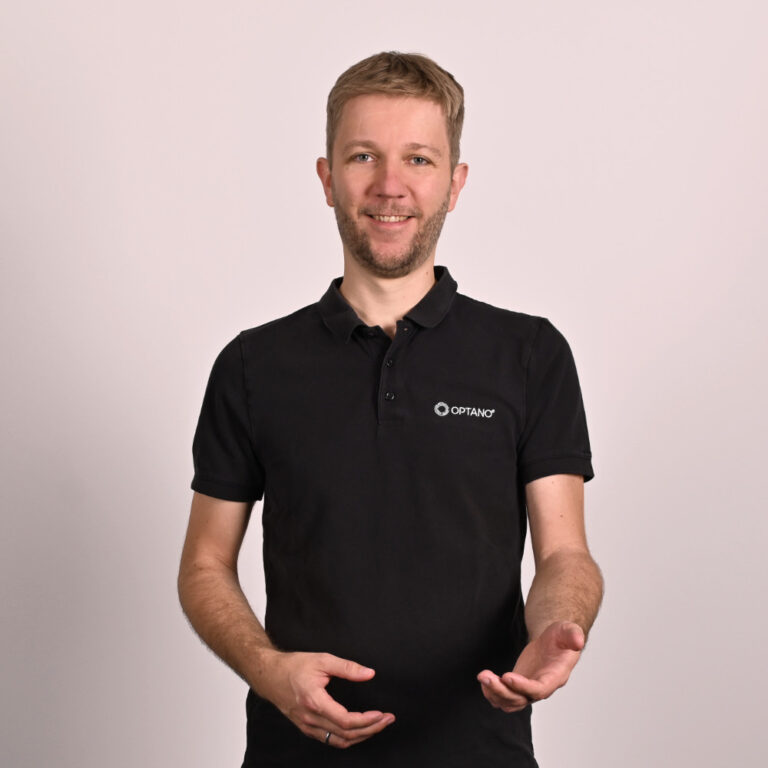Mathematical optimization for
renewable energy
Recently the last functioning nuclear power station in Germany was shut down. Then the German government approved a bill to ban the installation of new oil and gas heating systems from 2024. These will now have to be operated with 65% renewable energy, i.e. heat pumps. Elsewhere, nine European countries have signed a declaration which will see a huge expansion of North Sea wind parks. Make no mistake, the energy transition is truly underway.
In the light of these developments, the demand for cleaner electricity is steadily rising, in particular from solar and wind sources. However, the generation and distribution of the electricity it produces is easier said than done. In this blog, we look at the challenges that the renewable energy sector has to contend with and how these can be overcome to ensure the reliable production and distribution of clean and affordable energy in the future.
The challenges facing the renewable energy sector
Electricity is in demand more than ever before. This is due to the rise in e-mobility, the recent energy crisis, and now the anticipated surge in demand for heat pumps .
Renewable energy sources, especially wind and solar energy, are projected to be our main source of electricity by 2050. However, in the course of the 20th century the power transmission infrastructure was designed to accommodate fossil fuel plants, not wind and solar farms. To ensure the reliable generation and distribution of clean and affordable energy in the future, certain planning and operational challenges need to be overcome.
Intermittency
Because renewables draw their power from natural resources (e.g. the sun and the wind), they are affected by seasonal cycles as well as inclement weather which limit their efficiency and reliability. For example, the energy that solar and wind farms generate in Europe fluctuates between 0 to 23 and 24GW respectively during peak times. This volatility has been one of the main obstacles to the growth of the renewable sector which depends on investments from governments and corporations. However, these are often hesitant to fund projects which may be considered “risky”.
A solution here is high-capacity batteries which can store vast amounts of energy during peak periods which can be used later when needed. For instance, the solar energy from the midday sun can be stored and used at peak times in the evening. Yet the batteries are large and costly and many are produced with lithium which is not a sustainable resource. Renewable vanadium-based batteries are being hailed as a promising alternative.
Siting
Wind and solar farms require space to perform efficiently. Particularly in the many small, densley populated countries of Europe this is a problem.
Wind turbines perform best offshore or if they are located in areas with large open spaces. Offshore parks, while the most effective, are expensive to build, operate and maintain. On the other hand, erecting wind turbines on land is not always straightforward. Many constraints need to be considered: airspace, the terrain slope, wind speed, etc. What’s more, they cannot be too close to residential areas due to noise restrictions. Resistance from local communities can also run expensive when red tape holds up planning and development. The distance between the turbines must also be observed. They must neither be too close nor too far away from one another due to the wake effect as this can lead to reduced wind speed.
Solar farms are subject to similar problems. For example, a large photovoltaic plant which generates energy from the sun is difficult to construct in smaller, northern European countries where the climate is cooler and sunshine is not always guaranteed. Solar farms also require space, not just for the panels but also for the storage systems. Depending on the size of the plant, these can be as large as a container truck. Large solar farms work best in desert areas, for example in the USA or north Africa. In such areas there is more than enough sunshine as well as space for construction.
Energy transmission
A vital consideration when planning the location of a wind or solar farm is its proximity to power lines so that the energy can be transmitted reliably and cost-effectively. A solar farm may be ideally located in a desert area where it can draw vast amounts of power from the sun, or a wind farm in the sea where the wind speed and temperature is optimal. However, proximity to power grids must also be taken into account. If the distance to the nearest power grid is too great, it increases the costs of transmission to the consumer who ultimately has to bear the costs.

Are you interested in our factsheet?
What are the benefits of mathematical optimization?
Digital solutions for more efficient renewable energy production
Like many other industries, the renewable energy sector is now focusing on digitization to to pinpoint where improvements can be made and support planning and decision-making. Advanced Analytics such as Predictive and Prescriptive Analytics can use historical sensor data from energy installations as well as environmental and meteorological data to gain valuable insights. Based on the evaluation of the available data, renewable energy plants can optimize the operation of their installations. By obtaining reliable predictions on weather behavior, even sudden changes, operators can manage their resources better and plan their operation times to coincide with peak energy production.
And because electricity demand also fluctuates depending on the time of day, season and weather, Advanced Analytics can be applied to analyze these fluctuations. Based on the results, it is easier to decide what the best strategy should be to manage the energy that is generated and how and when it should be stored. This considerably improves renewable energy distribution as a result.
Just as important: analytics can also provide vital location intelligence by combining site data such as airspace, terrain, habitat conditions and transmission distances with other relevant data on costs, consumer usage, etc. in order to support the location decision-making process. This ensures that the optimal location is found which offers the maximum return on investment.
More interesting articles
Making a success of the energy transition - with OPTANO
OPTANO is the ideal platform on which to plan the location and operations of renewable energy plants. By deploying mathematical optimization, a powerful Prescriptive Analytics tool, it can solve even the most complex problems.
Your entire renewable energy operations can be mapped in a mathematical model in which all of the relevant data is considered – data on weather, networks, logistics, costs, as well as sensor data from the installations – to come up with the optimal solution. Based on the analysis of all the data that has been entered into the model, OPTANO provides targeted recommendations on the best measures to take.
In what-if scenarios you can compare any number of situations: Would it be more cost-effective to invest in a wind farm at location A or B? Is it worth increasing storage capacity? What would be the result of increased energy production at a specific time? In this way, you gain reliable insights and forecasts which can support you in your decision-making – and which can also give potential investors more certainty.
Seeing is believing: Test our demo version!
In our OPTANO demo we demonstrate how to find the optimal solution for a wind farm operator who plans to lay underwater cables as cost- effectively as possible in order to collect the electricity generated by wind turbines in the North Sea.
Our demo provides full functionality – from data input and optimization to visualization. Not only can you test the finished examples, you also have the opportunity to develop and calculate your own individual solutions.
You can test our demo free of charge and without any obligation. You will find more information on the demo and how to access it here.
OPTANO can support all industries in all planning projects such as network or capacity planning, in logistics and supply chain planning and much more. Do you have a specific project in mind you would like to talk about with us? Then feel free to contact us. Our consultants are happy to answer any questions you may have. And if you would like to learn more about how mathematical optimization works, you can download our factsheet “What are the benefits of mathematical optimization?”.
We are entering a new energy era!
With software such as OPTANO to combine all the relevant data and gain valuable insights on the operation and logistic planning of renewable energy plants, it will not just be the renewable energy sector that is set to gain. Society as a whole can only benefit from cleaner, reliable and affordable energy as well. Let’s work toward this together.
Have you got your copy of our factsheet on this topic yet?

In our factsheet “What are the benefits of mathematical optimization?” we ask 5 questions to help you assess whether mathematical optimization brings benefits to your organization.
To obtain our factsheet, all you need to do is enter your contact details in the space below. A pop-up window will then open to download the whitepaper. Please note that by providing us with your email address, you agree that we may contact you on this topic. You may revoke this agreement at any time by contacting privacy@optano.com.






